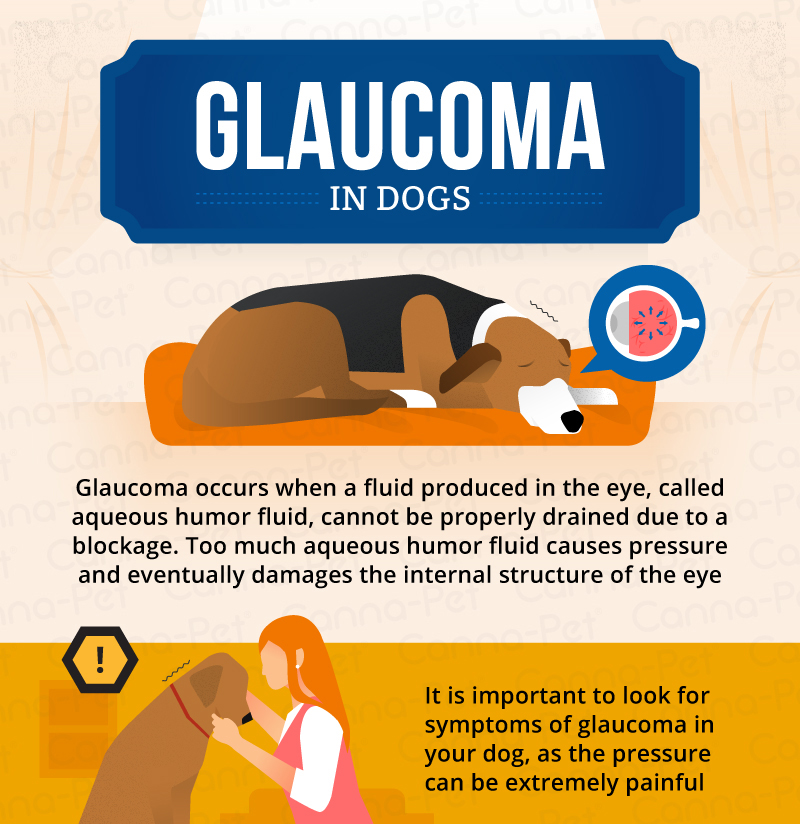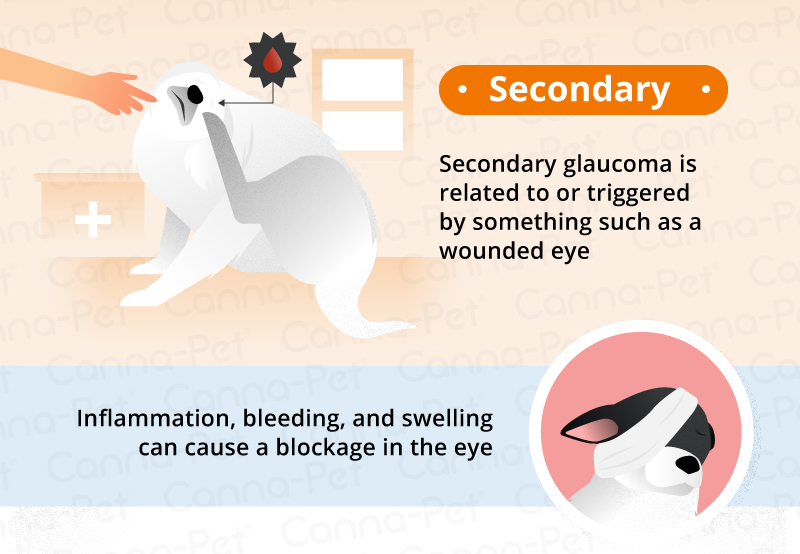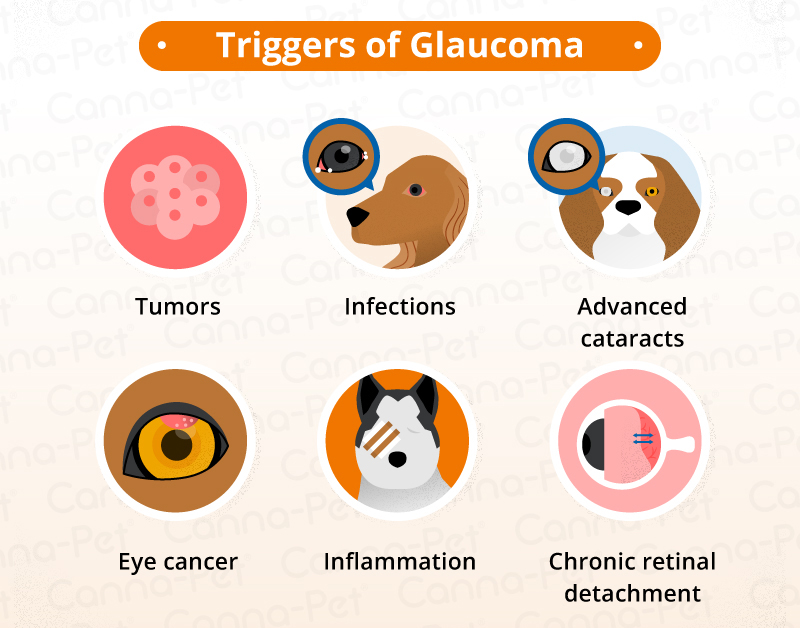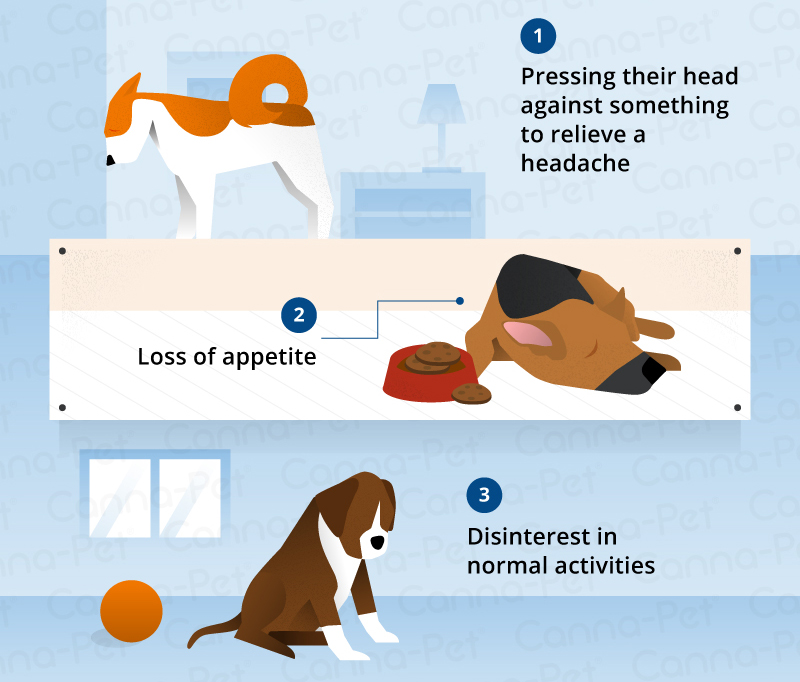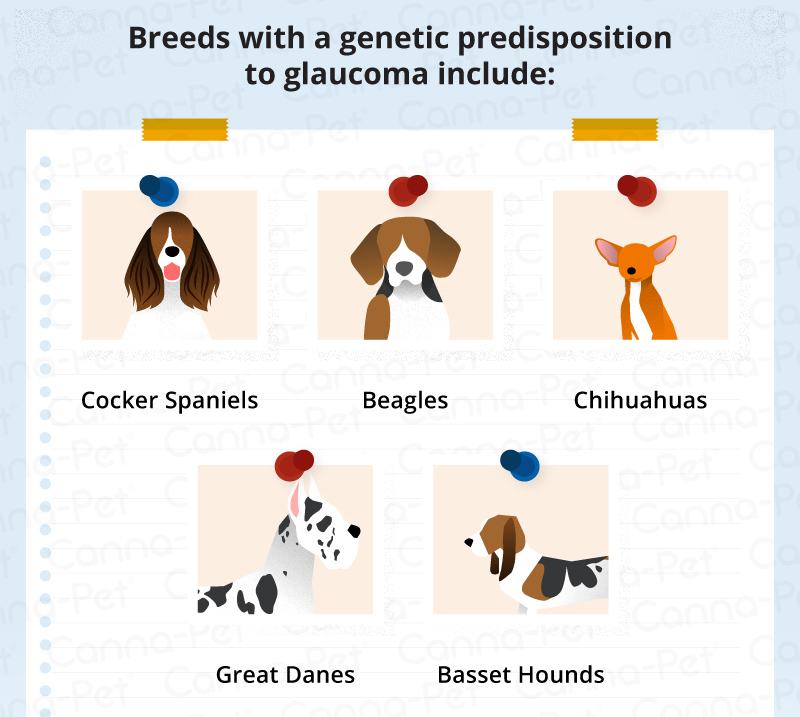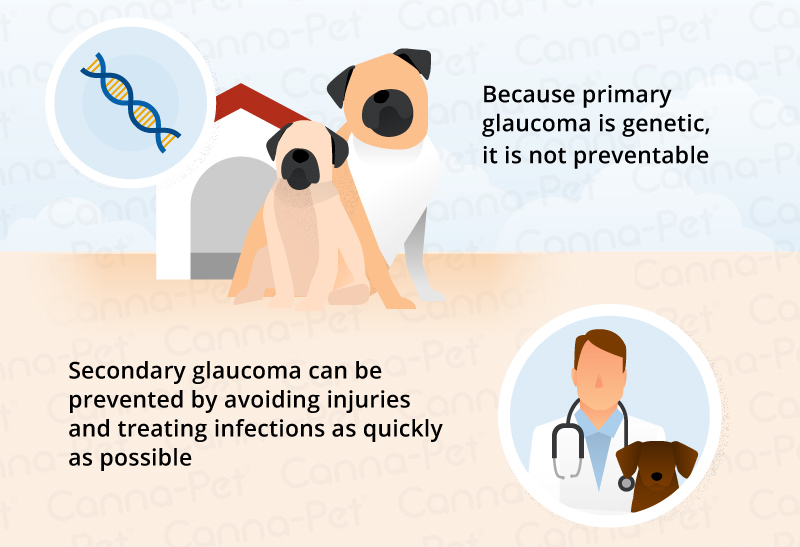Dogs can suffer burns to their paws on days most people wouldn’t consider searingly hot.
If the outside temperature is a pleasant 77F (25C), there’s little wind and humidity is low, asphalt and tarmac can reach a staggering 125F (52C).
This can rise to 143F (62C) when the mercury hits 87F (31C).
It’s worth bearing in mind that an egg can fry in five minutes at 131F (55C) while skin destruction can occur in just one minute at 125 (52C).
The reason pavements get so hot is they soak up heat all day and then retain that heat.
Temperature of Surfaces at 2pm
Studies have shown that some surfaces retain heat far better than others.
In one university experiment, the temperature of six different surfaces was taken at two points in the day on two separate summer’s days.
The results showed that artificial grass came out hottest in all four trials, followed by the material that’s used to make running tracks and then asphalt.
All three surfaces measured upwards 122F at 2pm on both days. This temperature could severely burn a dog’s paws within a matter of minutes.
Brick and concrete came next in the surface temperature league table followed by natural grass. While sand wasn’t included in this experiment, it can get exceedingly hot too.
The fact natural grass was the coolest of the six suggests that owners should choose it to walk their dogs on hot summer’s days (although our strong advice is to exercise dogs before 8am and after 8pm when temperatures are no longer as high).
How to protect paws on hot pavements:
- Follow the seven-second rule and check the surface for heat before you leave the house
- Keep to natural grass
- Walk early in the morning or late in the evening when surfaces are cooler
-Consider a pair of dog booties to help avoid burning paws
Hear From Us Again
Don't forget to subscribe to our email newsletter for more recipes, articles, and clinic updates delivered to your inbox (here). Or, you can keep up to date by liking and following our Facebook page (here).
Related: We have more information under our dog health tags.





